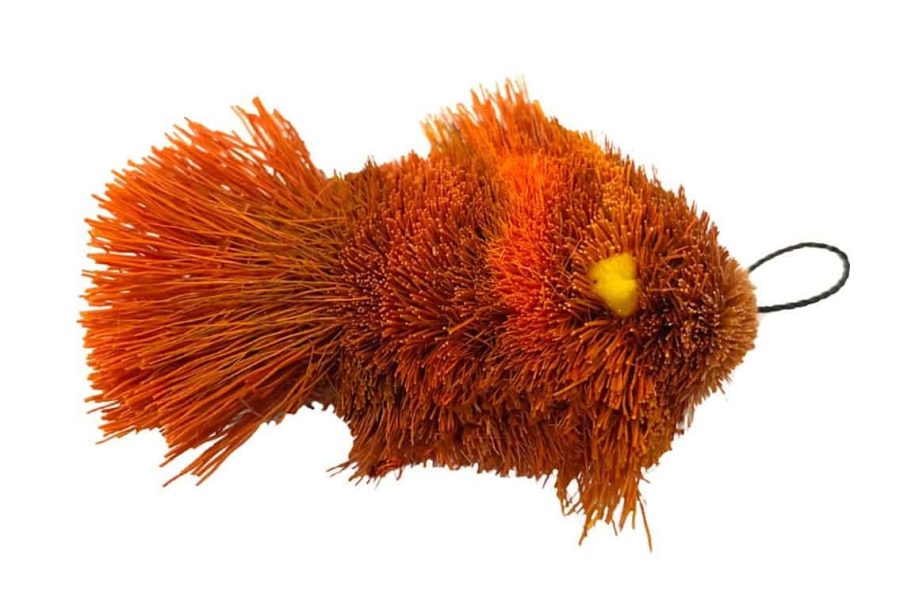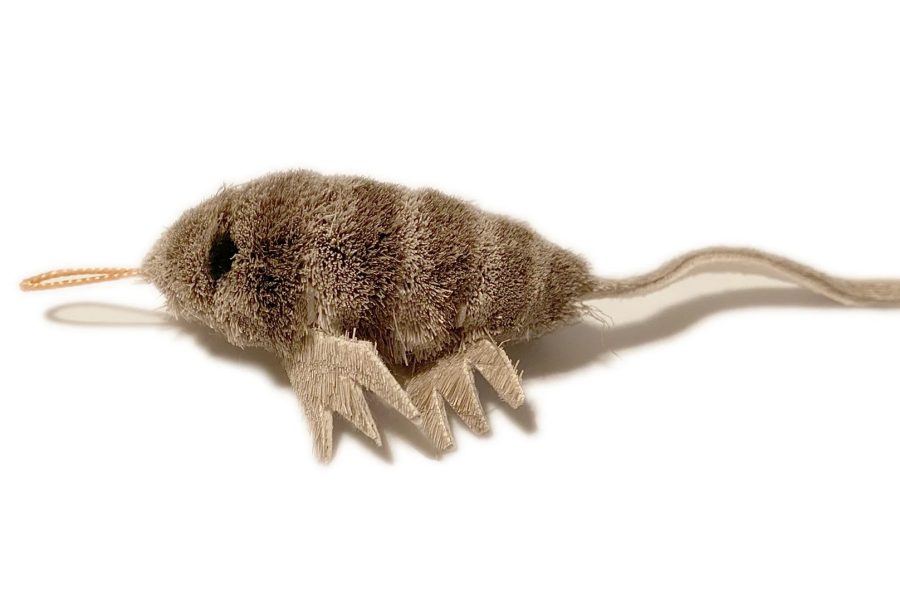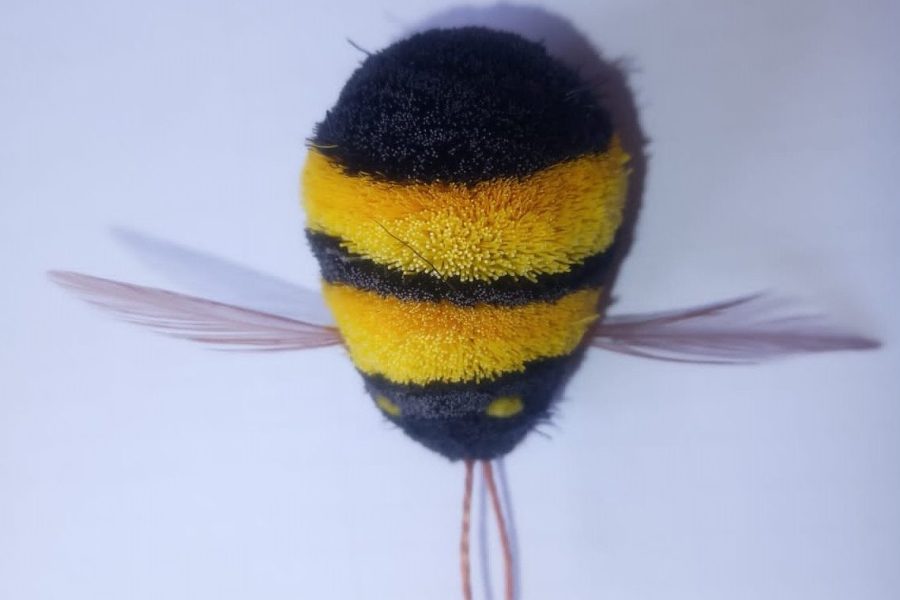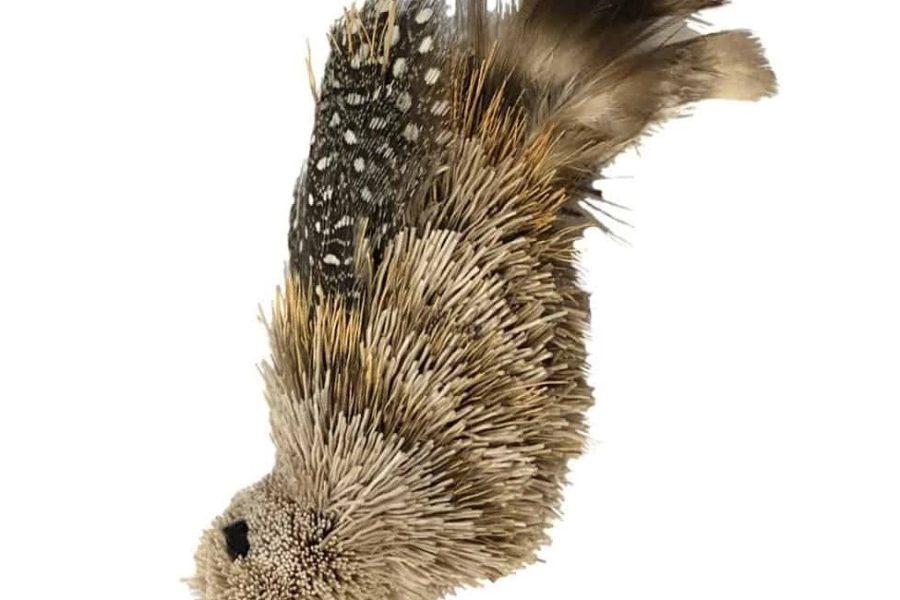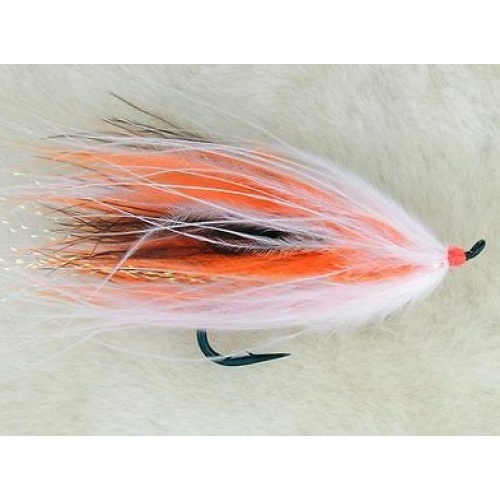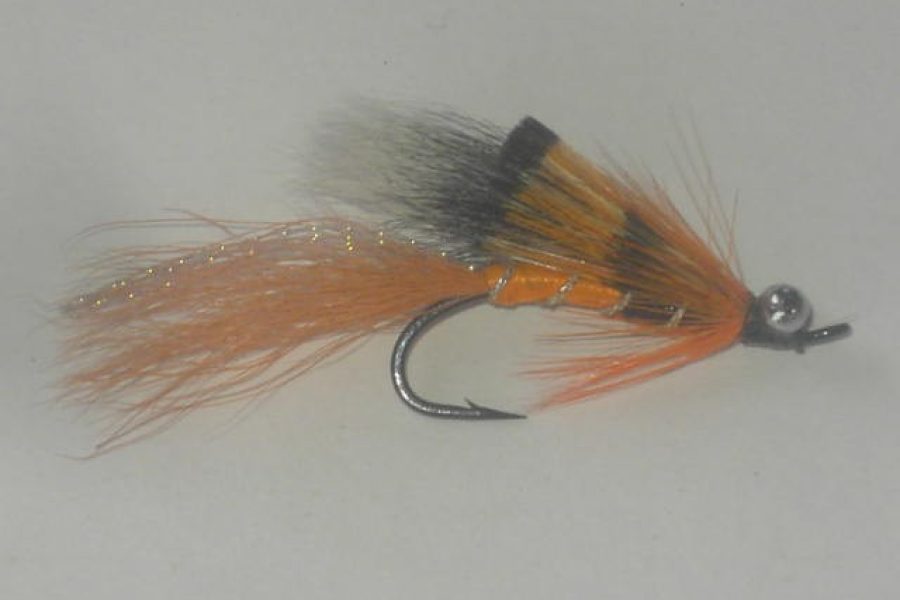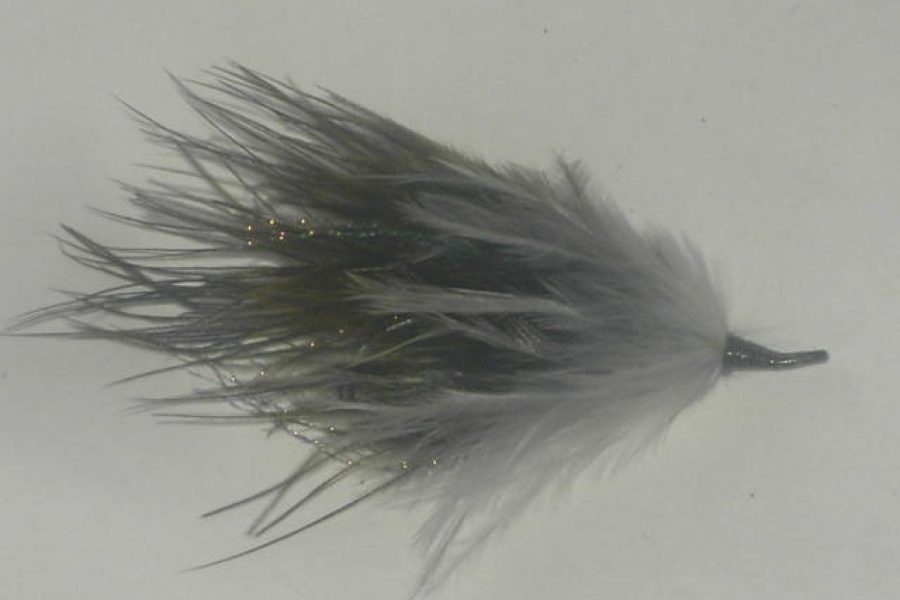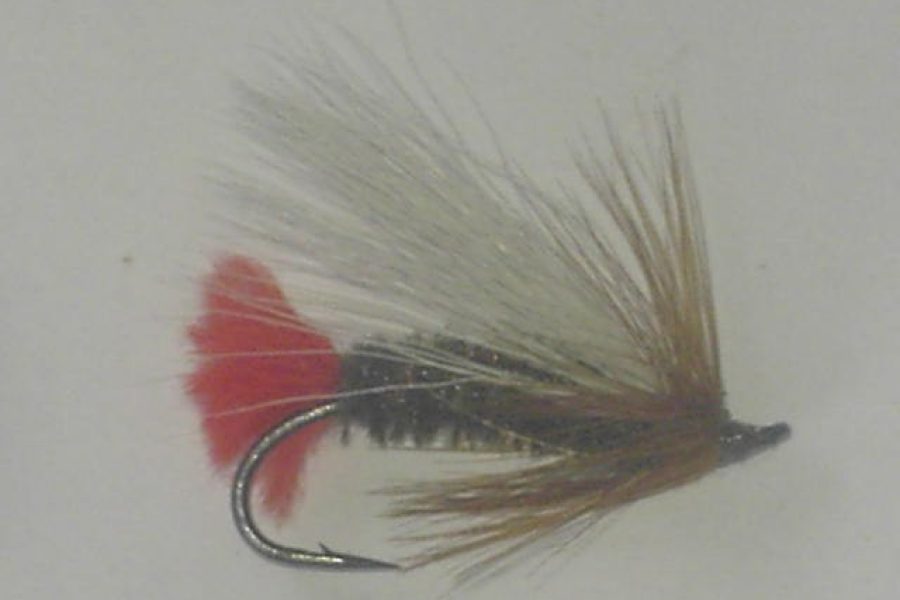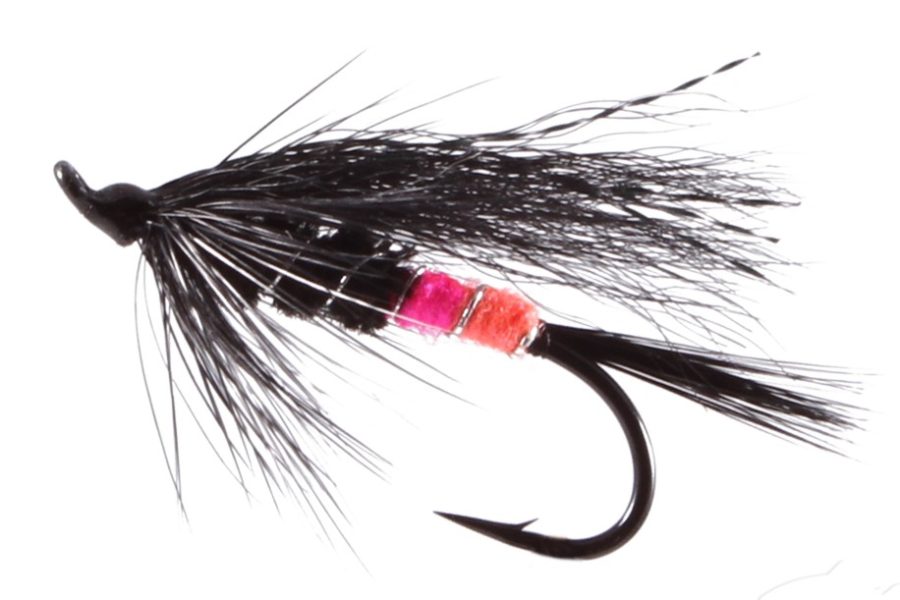Description
The Alaskabou fly is a proven fish-catcher with a classic design. Its vibrant marabou tail pulsates seductively in the water, while the brightly colored body and flash accents attract even wary fish. This salmon fly pattern is highly effective in both clear and murky water, making it a versatile choice for any salmon or steelhead fishing adventure. Upgrade your fly selection with these time-tested salmon flies for sale.
All Product Prices are Per Dozen And Orders Are Prepared After Payment. Dismiss

